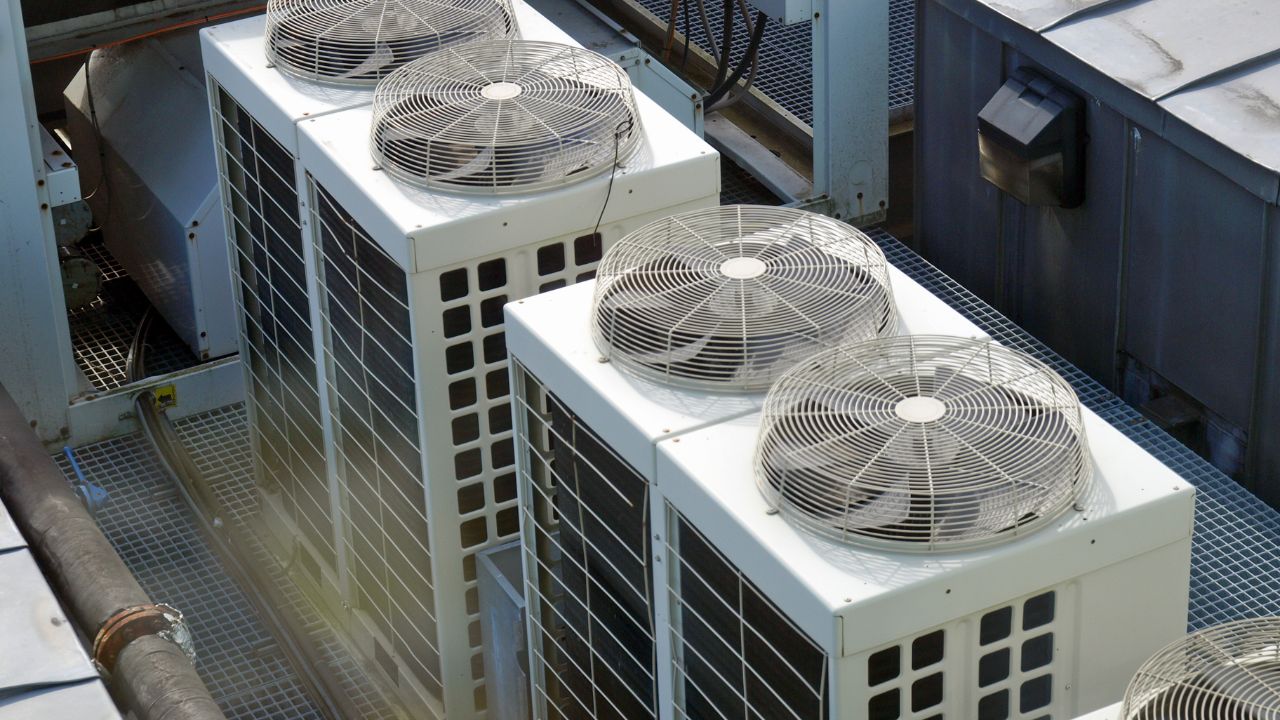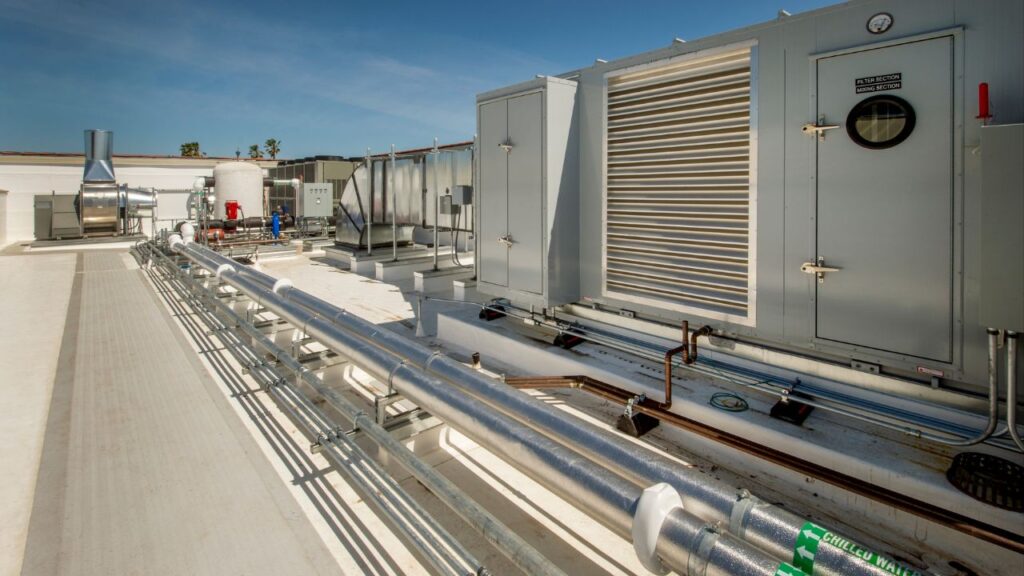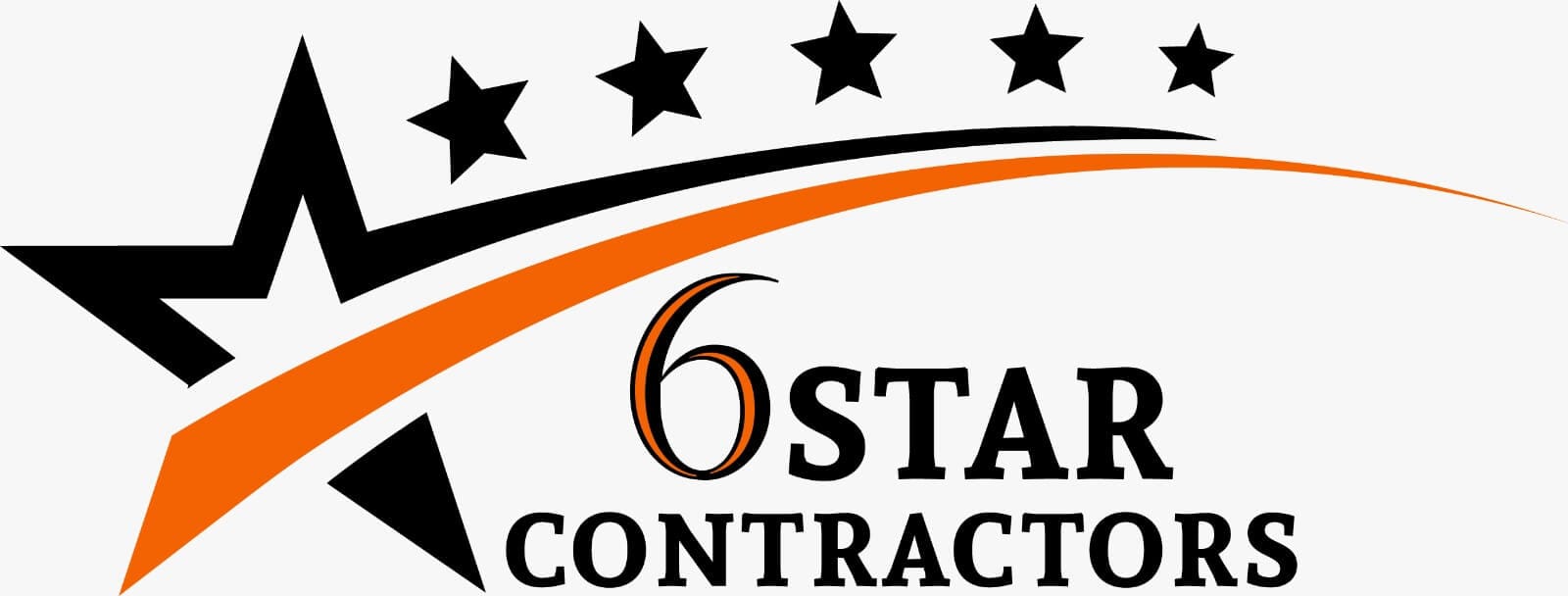Boost Your Machanical Bids – Request a Precision Estimate!
- Accurancy
- Efficiency
- Transparency
- Customization
- Time Saving
- Professionalism
- Cost Control

Installing a new HVAC system is a significant investment, and when you’re dealing with a 2,000 square foot space, several factors come into play. This article aims to provide insights into the considerations, cost components, and factors influencing the expenses associated with installing a new HVAC system in a space of this size.
The decision between a central air conditioning system, ductless mini-split, or a heat pump plays a pivotal role in shaping the overall cost of your HVAC project. Central air conditioning systems involve intricate ductwork, potentially increasing installation expenses. On the other hand, ductless mini-splits offer flexibility but may come with higher upfront costs per unit. Heat pumps, serving both heating and cooling needs, introduce another layer of complexity.

Each system type brings its unique installation requirements and associated expenses, necessitating a careful consideration of efficiency, space requirements, and long-term operational costs.
The upfront cost of opting for an energy-efficient HVAC system may be higher, but it is a strategic investment that promises substantial long-term savings on energy bills. Assessing the Seasonal Energy Efficiency Ratio (SEER) ratings for air conditioners and the Heating Seasonal Performance Factor (HSPF) for heat pumps provides insights into their efficiency levels. Higher ratings indicate greater energy efficiency, translating to lower operational costs over the lifespan of the system. Prioritizing energy efficiency aligns with sustainability goals and ensures a cost-effective and environmentally conscious HVAC solution.

Fully Insured Licensed Hire A Contractor For Mechanical Contractor
Hire Contractor
Make Informed Design Decisions Showcase Your Design Ideas
Get RenderingThe presence or absence of existing ductwork in your space significantly influences installation costs. If your space lacks ductwork or if modifications are required to accommodate the new HVAC system, additional expenses may accrue. Efficient ductwork is vital for ensuring proper airflow and temperature distribution throughout the space. The installation team must carefully assess the existing duct infrastructure, considering factors like size, layout, and insulation, to optimize its performance with the new system. This meticulous approach ensures that the HVAC system operates seamlessly, providing comfort and efficiency.
Implementing zoning systems introduces a layer of sophistication to HVAC solutions, allowing for personalized temperature control in different areas of your space. While this enhances comfort and energy efficiency by directing conditioned air only where needed, it may contribute to higher upfront costs. Zoning systems often involve the installation of dampers, sophisticated thermostats, and additional control mechanisms. The initial investment in zoning technology pays off over time through optimized energy usage and personalized comfort, making it a valuable consideration for those prioritizing individualized climate control.
Determining the size and capacity of your HVAC system is crucial for optimal performance and cost-effectiveness. An undersized unit may struggle to meet the demands of your space, leading to inefficiencies and increased wear and tear. Conversely, an oversized unit can result in unnecessary expenses and reduced energy efficiency. The HVAC system should be appropriately sized for the square footage it serves, aligning with the specific heating and cooling needs of the space. This careful calibration ensures a balanced and efficient system that meets demands without unnecessary operational costs.

The complexity of the installation process is influenced by various factors, including the type of system chosen, the location of the installation, and the accessibility of the space. Installing HVAC systems in occupied spaces may require phased installations to minimize disruptions, potentially impacting labor costs. The intricacies of the installation process demand a nuanced approach, considering factors like ventilation requirements, electrical considerations, and compliance with building codes. A comprehensive assessment of installation complexities is essential for accurate budgeting and meticulous project planning, ensuring a seamless and efficient integration of the new HVAC system into the existing infrastructure.
The cost of installing a new HVAC system in a 2,000 sq ft space exhibits a wide range, typically falling between $7,000 and $20,000 or potentially higher. This variability stems from factors such as the type of system chosen, its efficiency rating, and the complexity of installation. Homeowners must consider these aspects carefully, weighing the initial investment against long-term operational savings and system performance. While a higher upfront cost might accompany more advanced and efficient systems, the potential for enhanced comfort and lower utility bills over time often justifies the expense.

Installation costs constitute a significant portion of the overall expense when acquiring a new HVAC system. Engaging professional installers is crucial, as their expertise ensures that the system operates efficiently and reaches its maximum lifespan. Professional installation addresses nuances specific to the chosen system, guarantees compliance with industry standards, and minimizes the risk of future issues. While it might represent an additional upfront cost, the value gained from professional precision and system longevity makes it a worthwhile investment.
The cost of the HVAC equipment itself is a central component of the overall expense. Whether it’s an air conditioner, heat pump, or ductless system, this cost is influenced by factors such as the chosen type and its efficiency rating. Higher efficiency models, boasting advanced features and improved performance, often come with a higher price tag. Homeowners should carefully assess their specific heating and cooling needs, balancing equipment costs with long-term operational savings and the benefits of enhanced system capabilities.
If ductwork is required for the new HVAC system, costs will encompass both materials and labor. This is particularly relevant when transitioning from a ductless system to one that relies on ducts or when modifications to existing ductwork are necessary. The efficiency of the entire HVAC system hinges on well-designed and properly installed ductwork. Homeowners should consider these costs as an integral part of the overall investment, recognizing that an efficient ductwork system contributes to balanced temperature distribution and optimal airflow throughout the space.

The inclusion of additional features in the HVAC system, such as smart thermostats, air purifiers, or humidity control, can significantly enhance comfort but also adds to the overall cost. Smart thermostats offer convenient control and energy-saving capabilities, while air purifiers contribute to improved indoor air quality. Homeowners should evaluate these features based on their specific needs and preferences, considering the potential long-term benefits in terms of comfort, health, and energy efficiency. While these additions may increase upfront costs, they often contribute to a more sophisticated and personalized HVAC solution tailored to individual requirements.
Opting for high-efficiency HVAC systems presents homeowners with a strategic investment that, while potentially carrying a higher initial cost, promises substantial long-term savings on energy bills. High-efficiency systems, equipped with advanced technologies like variable-speed motors and smart controls, optimize energy usage. This not only aligns with environmental sustainability goals but also contributes to significant financial benefits over the lifespan of the system. Homeowners should view the higher upfront cost as a wise and forward-thinking choice that ensures both immediate comfort and enduring economic advantages.
The implementation of a proactive maintenance program stands as a cornerstone for ensuring the efficient operation of HVAC systems. Regular inspections and preventive measures, conducted by professional technicians, identify potential issues, fine-tune system components, and prevent unexpected breakdowns. By addressing minor concerns before they escalate, a maintenance program not only safeguards efficiency but also extends the overall lifespan of the HVAC system. Homeowners should perceive the cost of routine maintenance as a strategic investment in risk management, promoting reliability and minimizing the total cost of ownership over time.
When considering HVAC system investments, obtaining quotes from multiple professionals is a prudent approach that goes beyond just evaluating costs. While competitive pricing is essential, homeowners should also weigh factors such as the reputation of HVAC professionals and customer reviews. This comprehensive assessment ensures that the chosen service provider not only offers a competitive price but also demonstrates reliability, expertise, and a track record of customer satisfaction. By considering a range of factors, homeowners can make informed decisions that prioritize both cost-effectiveness and the quality of service.
Checking for available rebates or incentives is a savvy move that can significantly offset the initial costs of installing energy-efficient HVAC systems. Various government and utility programs offer financial incentives to encourage the adoption of environmentally friendly and energy-efficient technologies. These incentives may include rebates, tax credits, or subsidized financing options. Homeowners should explore available programs, ensuring that they take full advantage of any opportunities to reduce the upfront investment in high-efficiency HVAC systems. This strategic approach aligns with broader sustainability initiatives while enhancing the cost-effectiveness of the overall investment.
Choosing a new HVAC system for a 2,000 sq ft space involves crucial decisions. Factors like system type, energy efficiency, ductwork, zoning, and installation complexity impact costs. With an average range of $7,000 to $20,000, homeowners must balance upfront expenses with long-term benefits.
Installation and equipment costs, ductwork expenses, and additional features contribute to the overall investment. Strategic considerations, including energy efficiency investments, regular maintenance, seeking multiple quotes, and exploring rebates, help optimize costs and enhance sustainability.
In essence, the HVAC installation is an investment in comfort and efficiency. By making informed choices and embracing cost-effective strategies, homeowners can ensure a superior indoor environment for the long term.
The cost of a new HVAC system installation is influenced by factors such as the type of system chosen (central air conditioning, ductless mini-split, or heat pump), energy efficiency ratings, the need for ductwork installation or modifications, implementation of zoning systems, system capacity, installation complexity, and additional features like smart thermostats or air purifiers.
The choice of HVAC system depends on factors like space requirements, efficiency goals, and budget considerations. Central air conditioning systems may involve ductwork, ductless mini-splits offer flexibility, and heat pumps serve dual heating and cooling purposes. A careful evaluation of these factors will help in making an informed decision.
The average cost range can vary but typically falls between $7,000 and $20,000 or potentially higher. The variability is influenced by factors such as the type of system selected, its efficiency rating, and the complexity of the installation process.
Energy efficiency is crucial for long-term savings on energy bills. Systems with higher Seasonal Energy Efficiency Ratio (SEER) ratings for air conditioners and Heating Seasonal Performance Factor (HSPF) for heat pumps offer greater efficiency. Prioritizing energy efficiency aligns with sustainability goals and ensures cost-effective and environmentally conscious HVAC solutions.
The need for ductwork modifications or installation depends on the chosen HVAC system. If your space lacks ductwork or modifications are needed, additional expenses may be incurred. Efficient ductwork is vital for proper airflow and temperature distribution. The costs involve both materials and labor.
Zoning systems allow personalized temperature control in different areas of your space, enhancing comfort and energy efficiency. While contributing to optimized energy usage, zoning systems may lead to higher upfront costs. Factors like the installation of dampers, sophisticated thermostats, and additional control mechanisms contribute to this.
Installation complexity is influenced by factors like system type, location, and accessibility. Phased installations in occupied spaces may be necessary to minimize disruptions, potentially affecting labor costs. The overall intricacies of the installation process require a nuanced approach, considering ventilation requirements, electrical considerations, and compliance with building codes.
Cost optimization strategies include investing in high-efficiency systems, implementing regular maintenance programs, obtaining multiple quotes from HVAC professionals, and exploring government rebates and incentives. These approaches ensure long-term savings, system longevity, comprehensive decision-making, and strategic offsetting of initial costs.
Additional features such as smart thermostats, air purifiers, or humidity control can significantly enhance comfort but also add to the overall cost. Homeowners should evaluate these features based on their specific needs, considering the potential long-term benefits in terms of comfort, health, and energy efficiency.
Homeowners can check for available rebates or incentives offered by government and utility programs to encourage the adoption of energy-efficient HVAC systems. These incentives may include rebates, tax credits, or subsidized financing options. Exploring and utilizing these programs strategically can help offset the initial costs of high-efficiency HVAC installations.
Here I am going to share some steps to get your new HVAC system for 2,000 sq ft cost estimate report.
You can send us your plan on info@estimatorflorida.com
Before starting your project, we send you a quote for your service. That quote will have detailed information about your project. Here you will get information about the size, difficulty, complexity and bid date when determining pricing.
Our team will takeoff and estimate your project. When we deliver you’ll receive a PDF and an Excel file of your estimate. We can also offer construction lead generation services for the jobs you’d like to pursue further.



561-530-2845
info@estimatorflorida.com
Address
5245 Wiles Rd Apt 3-102 St. Pete Beach, FL 33073 United States
561-530-2845
info@estimatorflorida.com
Address
5245 Wiles Rd Apt 3-102 St. Pete Beach, FL 33073 United States
All copyright © Reserved | Designed By V Marketing Media | Disclaimer